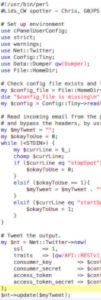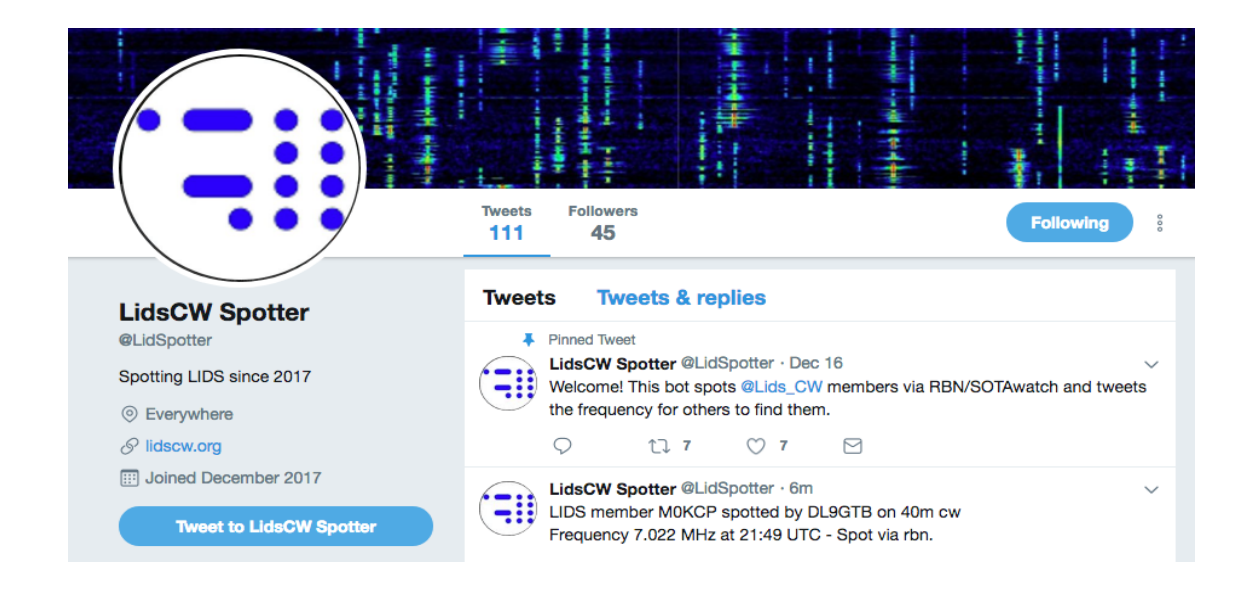When the LidSpotter died, I was dismayed to find I had lost access to the web facility which turned the Hamalert emails into tweets!
After some chasing around, and finding out that while other sites existed that performed the same service, they all needed to validate email addresses I had no access to.
In desperation, I asked a friend who's a bit of a linux guru. In true 'mate' tradition, he said he wasn't going to do it for me, then told me where I could get a basic, dirt cheap VPS (Virtual Private Server), and lent me a book - "Programming Perl" - and said I could work it out for myself.
So one cheap server, and a lot of googling later, I had 45 lines of script. The server accepts the incoming email from Hamalert, and sends it to the script which removes all the gibberish headers then tweets the spot that's left. The end result is I learned something, and the spotter's working again, hooray!

Once again, apologies for the interruption to the service.
Chris G0JPS


